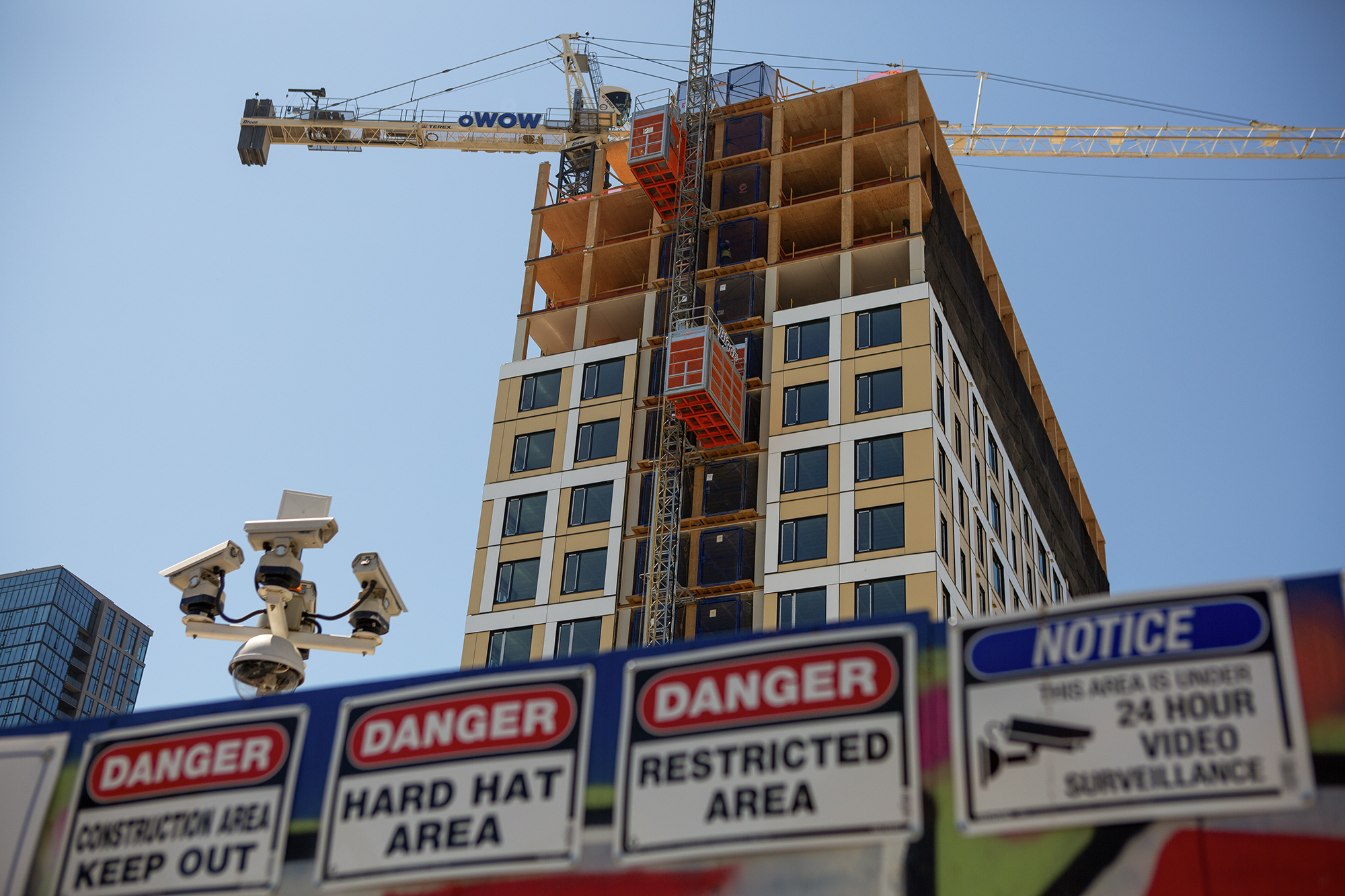California lawmakers and Gov. Gavin Newsom recently made significant changes to the California Environmental Quality Act cCEQAc in a bid to address the housing crisis plaguing the state. The new legislation, which exempts certain urban infill developments from CEQA provisions, aims to streamline the housing production process and create more affordable housing options across California.
The move comes in response to the acute shortage of housing in California, coupled with soaring living costs that have made it increasingly difficult for residents to find affordable homes. Governor Newsom emphasized the urgency of the situation, stating that the state could not afford to delay much-needed reforms any longer.
The newly enacted law will exempt urban infill projects from CEQA requirements, freeing developers from potential legal challenges that could impede construction. This exemption is seen as a significant step towards accelerating housing construction and infrastructure development, especially in densely populated urban areas where housing demand exceeds supply.
While CEQA was originally designed to protect the environment, it has often been exploited by various groups to stall or block housing projects for reasons unrelated to environmental concerns. By reforming CEQA regulations, lawmakers aim to remove barriers that have hindered the construction of affordable housing units in California.
Assemblymember Buffy Wicks highlighted the importance of the new legislation, emphasizing that it marks a pivotal moment in the state's housing reform efforts. The ultimate goal is to facilitate the construction of 2.5 million new homes by 2030, providing much-needed relief to residents struggling with high housing costs.
Despite the positive outlook surrounding the legislative changes, it remains to be seen how quickly the impact will be felt on the ground. State Senator Scott Wiener emphasized that while it may take time for the full effects to materialize, the reforms lay the groundwork for long-term housing solutions.
The recent legislative amendments faced opposition and scrutiny from some lawmakers, environmental groups, and tribes, who raised concerns about the expedited process and lack of transparency in finalizing the legislation. Critics argued that bypassing the typical legislative process to enact such sweeping changes raised questions about democracy and accountability.
The exemption of urban infill developments from CEQA requirements represents a critical shift in California's approach to housing policy. By removing regulatory hurdles that have impeded housing production, the state aims to spur development in high-demand areas and alleviate the housing crunch affecting Californians.
Overall, the changes to CEQA signal a fundamental rethinking of how environmental regulations interact with housing policy in California. By streamlining the development process and promoting more efficient construction practices, lawmakers hope to pave the way for a more sustainable and affordable housing market statewide.


